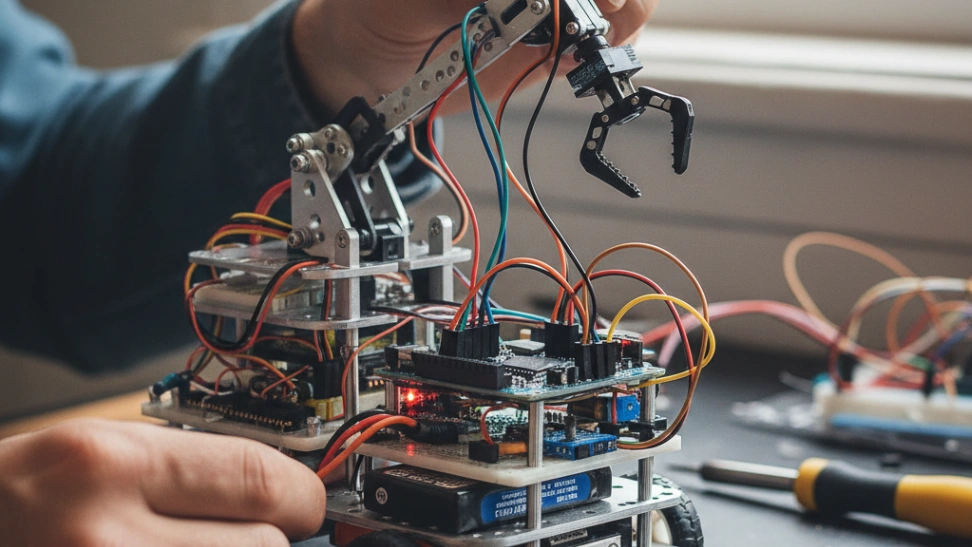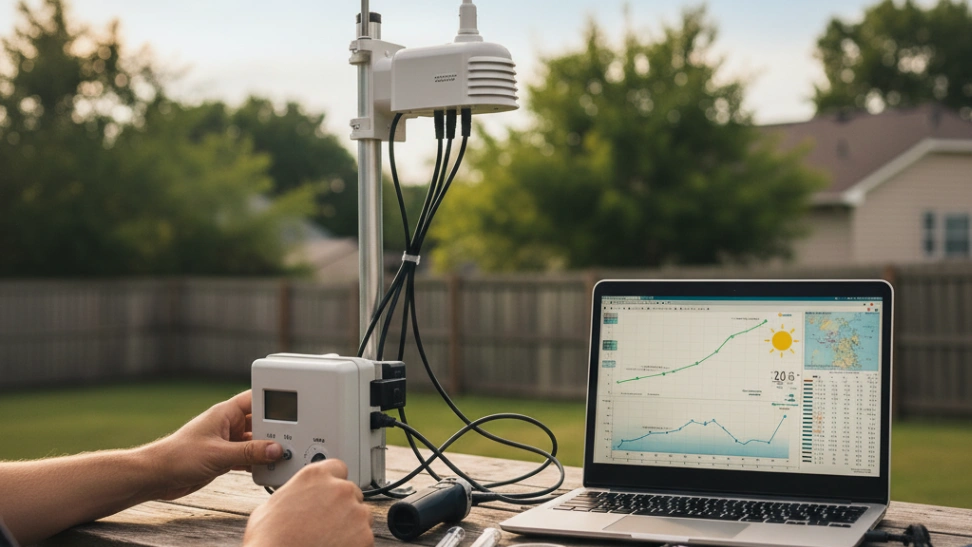The fascination with creating automatons and self-operating machines dates back millennia, from ancient Greek mythological constructs to Leonardo da Vinci's designs and elaborate clockwork figures of the 18th century. These early creations, while mechanically driven, laid the conceptual groundwork for what would become robotics. The term "robot" itself was popularized by Czech playwright Karel Čapek in his 1920 play "R.U.R." (Rossum's Universal Robots), imagining artificial beings performing human labor. However, the modern era of robotics truly began to take shape with the advent of computers and advanced electronics in the mid-20th century. The 1950s saw the development of the first industrial robots, designed for repetitive tasks in manufacturing. For the amateur, the real revolution arrived much later, particularly with the proliferation of affordable microcontrollers like Arduino and Raspberry Pi in the early 21st century. These accessible platforms, coupled with widespread availability of components, open-source software, and abundant online tutorials, democratized robotics, making it possible for individuals with varying levels of technical expertise to delve into robot construction without needing a specialized lab or enormous budget. This democratization has fueled a vibrant global community of hobbyists, inventors, and educators who constantly push the boundaries of what can be achieved with off-the-shelf components.
Engaging in amateur robotics is an inherently interdisciplinary pursuit, drawing from several fields of science and engineering. At its core, it involves mechanical design, where enthusiasts conceptualize and assemble the physical structure of their robot, selecting chassis, motors, gears, and appendages based on the robot's intended function. This often requires an understanding of kinematics, material science, and structural integrity. Alongside the mechanical aspects, electronics play a crucial role. This involves wiring circuits, integrating sensors (such as ultrasonic rangefinders, infrared proximity sensors, or cameras), and power management, ensuring that all components receive the correct voltage and current. A basic grasp of circuit diagrams, Ohm's law, and component characteristics is invaluable here. Finally, and perhaps most defining, is the programming aspect. This is where the robot's "brain" is developed, instructing it on how to interact with its environment, process sensor data, and execute tasks. Common programming languages include C++ (for Arduino), Python (for Raspberry Pi), and various block-based visual programming tools for beginners. The iterative process of designing, building, coding, testing, and debugging is central to the hobby, requiring patience, analytical thinking, and a willingness to learn from failures.
The breadth of amateur robotics allows for specialization and exploration into numerous exciting sub-fields. Some hobbyists focus on mobile robotics, building autonomous vehicles that can navigate complex terrains or follow lines. Others dive into robotic arms for tasks like sorting or drawing, or aerial robotics, encompassing drones and other flying machines. Biomimetic robots, designed to emulate living organisms, offer another fascinating avenue. Combat robotics, where participants design and build robots to battle each other in arenas, combines engineering prowess with strategic thinking. Beyond specific robot types, enthusiasts might specialize in areas like computer vision, machine learning for autonomous behavior, embedded systems programming, or advanced sensor fusion. The amateur robotics community is exceptionally strong and collaborative. Online forums, dedicated subreddits, Discord servers, and YouTube channels serve as invaluable hubs for sharing knowledge, troubleshooting problems, and showcasing projects. Furthermore, numerous competitions like FIRST Robotics, VEX Robotics, RoboCup Junior, and various local hackathons provide platforms for hobbyists to test their skills, collaborate with teams, and engage in friendly competition, pushing them to innovate and refine their designs. These events not only challenge participants but also foster a sense of camaraderie and shared passion.
Beyond the sheer enjoyment of creating and tinkering, amateur robotics offers a wealth of benefits that extend far beyond the workshop. Participants develop highly sought-after skills in STEM fields, including electronics, programming, mechanical engineering, and computational thinking. The iterative nature of building and debugging fosters resilience, problem-solving abilities, and meticulous attention to detail. It also sparks creativity, as hobbyists constantly devise new ways to make their robots perform functions or solve novel challenges. Many start with simple kits but soon move on to designing custom circuits, 3D printing unique parts, and writing sophisticated algorithms, blurring the line between amateur and professional innovation. The future of amateur robotics looks incredibly bright, driven by advancements in artificial intelligence, cheaper and more powerful microcontrollers, and the increasing accessibility of tools like 3D printers and laser cutters. As these technologies become more integrated and user-friendly, the barrier to entry will continue to lower, allowing an even broader audience to explore the exciting potential of robotics. Whether for educational purposes, personal projects, or aspiring to a career in a tech-driven world, amateur robotics provides a unique and empowering pathway to understanding and shaping the technological landscape of tomorrow.



